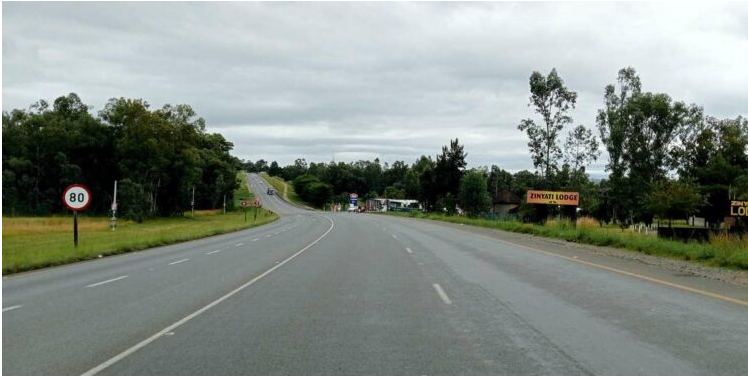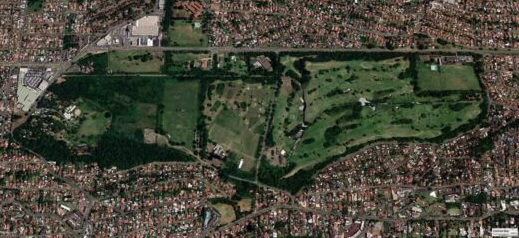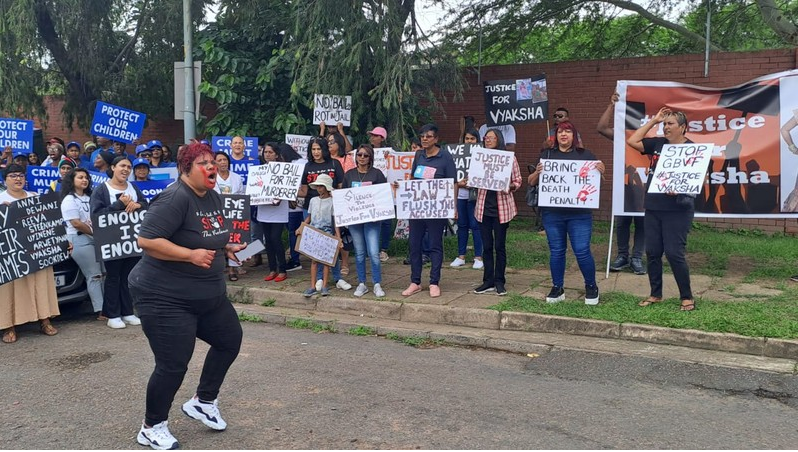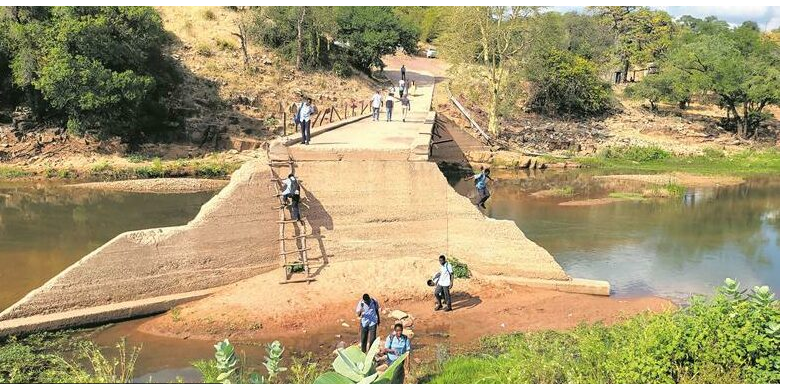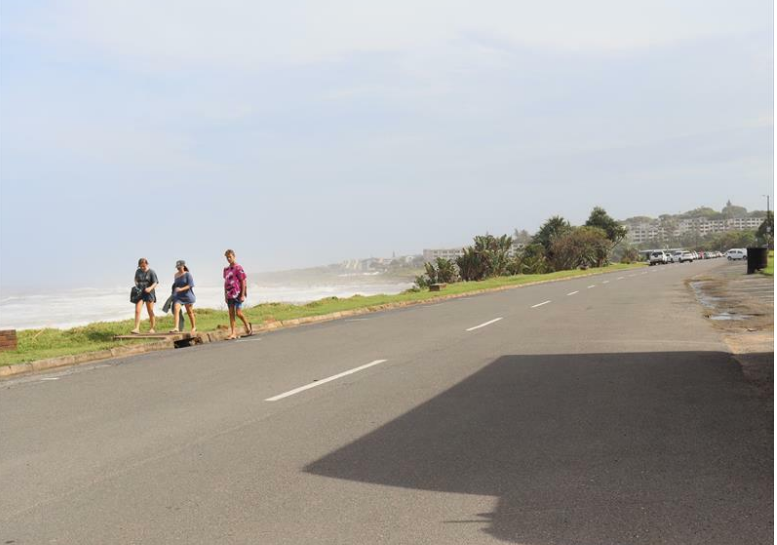Eskom’s cost calculations on renewable electricity - more nuance

20-01-2017
Read : 114 times
Fin24
Source
With sufficient data, more accurate approach would be to run scenarios on Eskom’s production planning optimisation models, says Eskom's Deon Joubert.
Eskom’s views about the financial implications of renewable electricity projects have been roundly criticized. However, we need to remind ourselves that there are various issues being debated, which are related but also distinct: The cost of renewables over Bid Window (BW) 1 to 3; financially optimum decisions regarding additional capacity (of any technology) in the short to medium term; and also the energy mix in the longer term.
Our view is that most criticism arises ostensibly from the conflation of these issues, leading to incorrect conclusions. It would also serve little, if any, constructive purpose if the conversation is based on subjective and ill-informed personal opinions. It is a facts-based, scientific debate and, difficult as it is for anyone to be truly objective, we should attempt to keep it within that space.
The cost of renewables over BW 1-3: It is acknowledged that this is 'sunk cost' hence unavoidable, regardless of whether that generating capacity is needed at present.
Even so, the evaluation of past 'sunk' decisions, for instance to determine how much of these ‘sunk cost’ could have been avoided, has a potential to improve future decisions.
The basic equation is simple: Eskom pays 214 c/kWh for 7200 Gigawatt hours (GWh) of renewable energy in FY2017 at a total cost of R15.5bn. With surplus generating capacity, Eskom also could have produced this power by incurring mainly additional fuel cost.
Eskom’s average primary energy cost for this year, including diesel and excluding renewables, will be under 30 c/kWh, with the most expensive coal stations averaging around 42 c/kWh. Diesel was used minimally to manage the system in FY2017, and in addition 1332 megawatt of cheaper Ingula pumped storage capacity became available during the year. Whichever avoided cost reference is used, Eskom is satisfied that on this calculation approach the cost to the economy for FY2017 will not differ by orders of magnitude from the R9bn that was calculated for calendar year 2016 and which provoked the criticism.
The CSIR also developed a modelling approach to quantify this value. During capacity shortages, the value could be measured relative to the avoided cost of load shedding and diesel cost – thus, relative to what would have been the case, had renewables not been available.
It seems however that the CSIR methodology might have underestimated the diesel fuel savings, in a surplus capacity period.
The proper solution is to fix the model and repeat the calculations. Even though it seems unlikely that the final result would change by orders of magnitude, Eskom would be interested in those revised, more accurate calculations and would keenly await the outcome.
With sufficient data and information available, a more accurate approach would be to run scenarios on Eskom’s production planning optimisation models, for past or future periods. If renewables are excluded, the model would indicate how Eskom would have met demand without their contribution.
This approach allows for the factoring-in of more accurate technical and operational aspects. A useful test to corroborate outcomes of the CSIR approach would be to compare it against a production planning optimization model, as used by Eskom.
Even if the BW 1 to 3 cost premium was known and accepted as ‘school fees’, it does not change the cost, which must be paid (by someone) for the remaining 18 years of those contracts. Eskom’s calculation merely pointed out the magnitude of such costs, which will increase each year that more renewables become operational, whilst surplus capacity exists. On the described calculation basis, assuming surplus capacity only exists until 2021, the cumulative ‘school fees’ could approach R100bn.
Objections to Eskom’s calculation approach suggest that the long-term effects are not measured, such as avoided capital investment cost. However, it seems such life time effects start to manifest mainly from the point in time that capital investment for additional generating capacity is required. It is not clear why new renewable capacity is required to be built many years in advance of the date at which these future benefits start accruing, in order for those benefits to be obtained. Nevertheless, Eskom would support the quantification of such long term effects where appropriate, and await the outcome.
It was also countered that the true value of BW 1 to 3 lies in the fact that without them the country would not have been able to bring the cost for new solar PV and wind down to the latest achieved 62 c/kWh. It would be interesting to understand the arguments or evidence in support of this assertion. Whilst some learning-curve benefits probably were achieved, it might also be possible that price outcomes close to the current 62 c/kWh would in any event have been achievable.
The claim that BWs 4 onwards are almost cost neutral from a pure fuel-saving perspective is debatable. The weighted average cost for BW 4 and 4+ will be around 83 c/kWh (in 2015 Rands). Eskom’s average fuel cost, including peaking plant and excluding IPPs, will be around 30 c/kWh in FY2018 and even its marginal coal stations’ fuel cost will average around 45 c/kWh. Even with the inclusion of some peaking displacement, of which pumped storage would constitute a large part, it remains far from cost neutral from a fuel-saving perspective.
Financially optimum decisions regarding additional capacity (of any technology) in the short to medium term: This is based on incremental/discretionary cost (including risks, probabilities etc). Fixed and sunk costs are not relevant to such an analysis, given that such costs would be common to all scenarios thus would not change the relative merit of the options. It is very relevant whether there is surplus generating capacity, as it enables incremental demand for electricity to be met by the existing stations by incurring mainly incremental fuel cost.
In contrast, all of the cost of a new capacity investment, including the capital, is incremental – reduced to a cost per kWh in the levelised (LCOE) calculation. Thus during surplus capacity, the financial comparison is between the incremental (fuel) cost of existing capacity, and the LCOE of the new capacity.
If, notwithstanding existing surplus capacity, a new capacity investment is made, it too becomes ‘sunk cost’, with its future utilization becoming a function of its variable cost. It might imply some existing capacity becoming underutilized (stranded). The optimum decision would normally be to postpone the new capacity investment, as the sunk capital investment of the existing capacity would still have to be paid (by someone), in addition to also paying the capital investment of the new capacity.
Energy mix in the longer term: The situation changes significantly, once surplus capacity ceases. Although the basic financial evaluation and decision making approach remains, what changes is that additional capacity is required to meet incremental demand – i.e. the option that incremental cost could comprise of fuel cost only, would not exist anymore. It would thus be relevant to compare the total costs (LCOE) of all the feasible new capacity options.
LCOE remains a very useful indicator, however to achieve a like-for-like comparison when conventional and renewable technologies are compared, the cost of the renewables should be adjusted to compensate for the system operating and reserve margin implications. The IRP-type system optimization approach does this and also includes non-financial decision criteria.
Eskom stands by its analysis. It appears that much of the criticism, which would be voided by this explanation, might have emanated from an omission to separate the issues as described above.
Recent News
Here are recent news articles from the Building and Construction Industry.
Have you signed up for your free copy yet?

